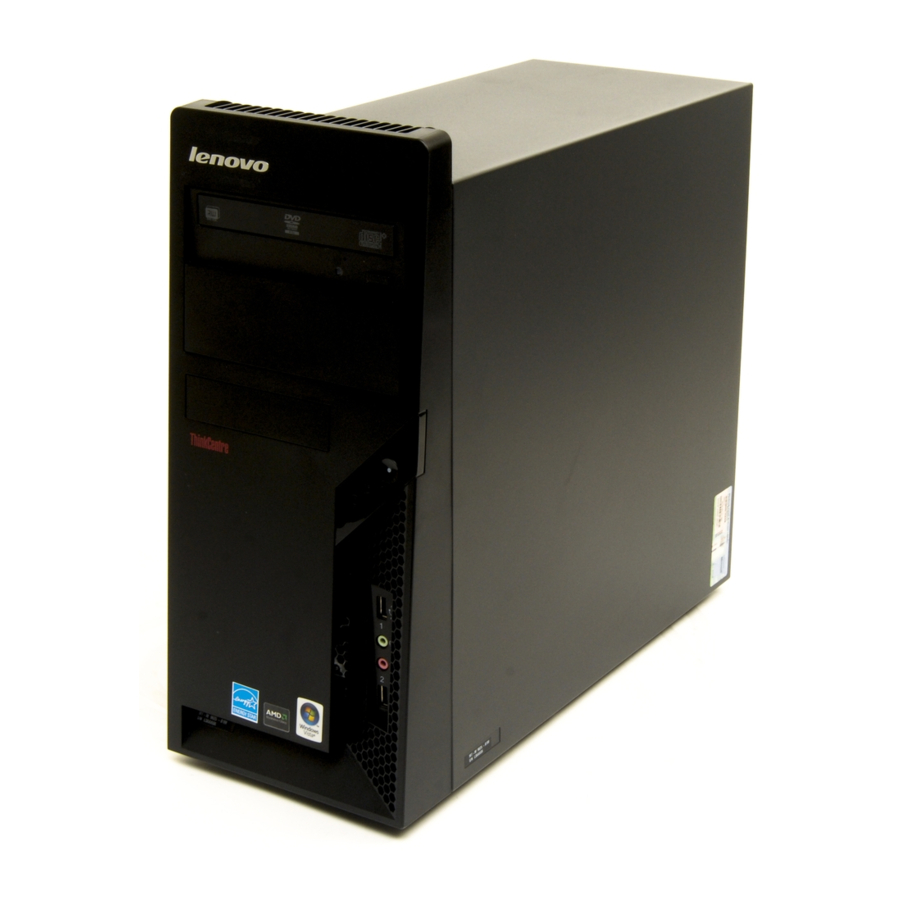
Lenovo ThinkCentre A62 Deployment Manual
(english) rescue and recovery 4.5 deployment guide
Hide thumbs
Also See for ThinkCentre A62:
- Deployment manual (116 pages) ,
- Implementation manual (106 pages) ,
- Manual (106 pages)
Table of Contents
Advertisement
Advertisement
Table of Contents






Need help?
Do you have a question about the ThinkCentre A62 and is the answer not in the manual?
Questions and answers